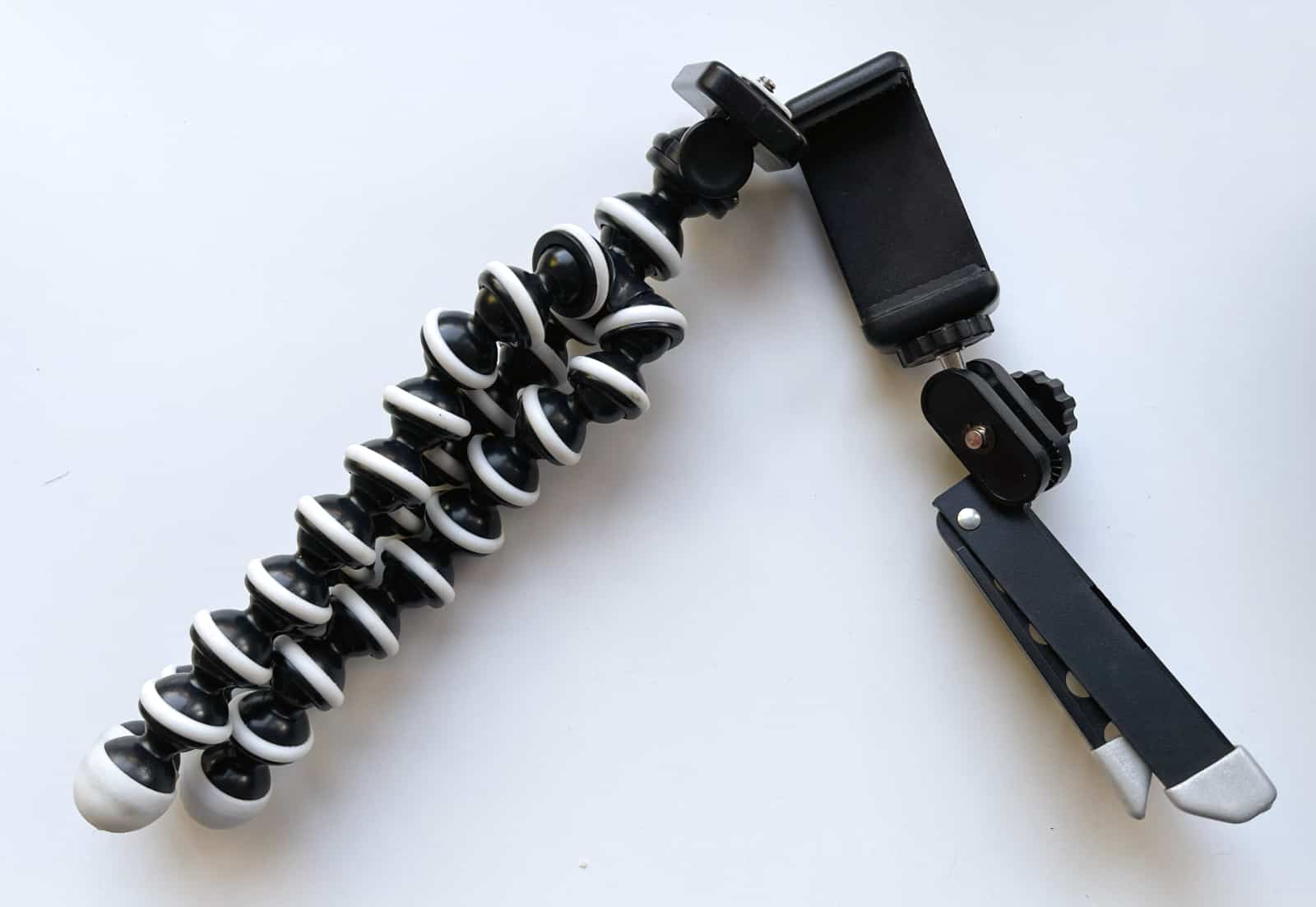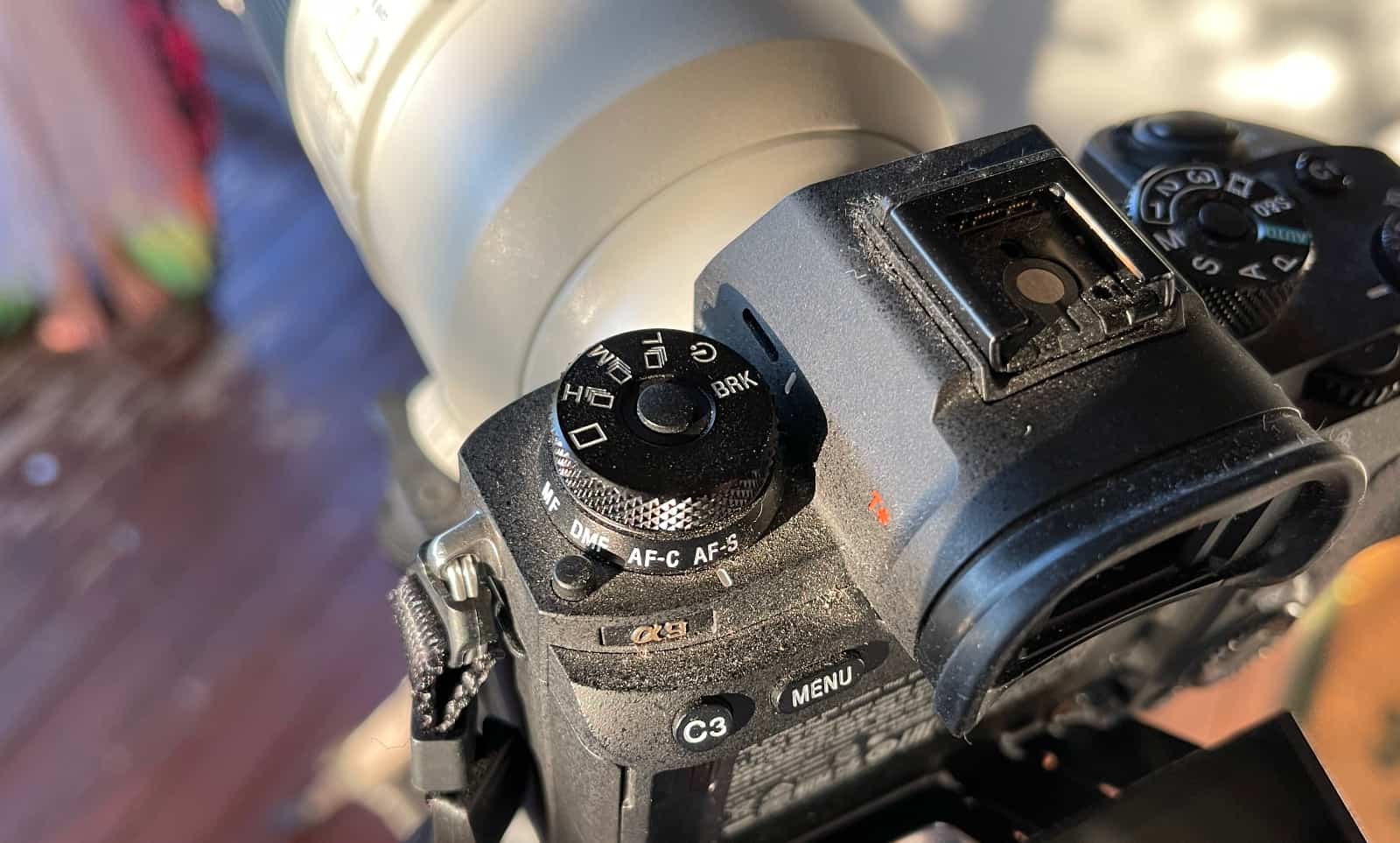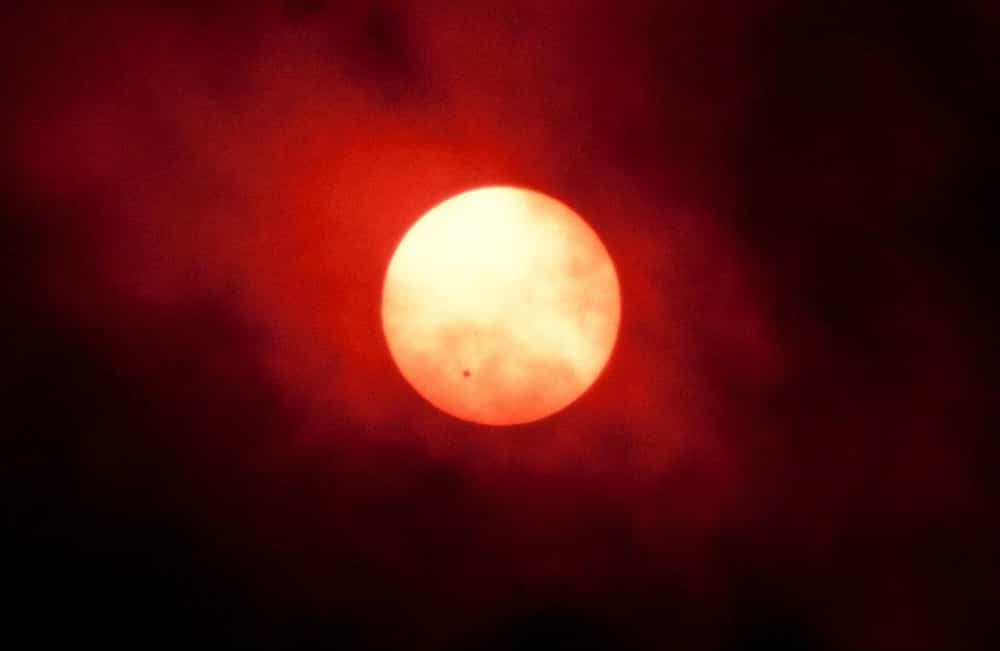A good view is a prerequisite for a good moon shot, but what else can you do to make sure you nail a lunar photo?
When the moon hits your like a big pizza pie, that may not be amore, but rather a supermoon. It’s when the Moon is closest to the Earth, and it happens somewhat regularly, with up to four per year. However a supermoon can be more impressive if it occurs during a lunar eclipse.
A little rarer, this is when the moon isn’t just big, but also deep red, thanks to light from the sun.
Capturing the moon any time is something you can do from your phone, but during a supermoon, you might get a little more to work with thanks to the size. During a lunar eclipse, you’ll get more colour, too.
We’ve already provided some tips to let you get the best moon shot using your phone, and exposing for your shot is a crucial aspect of this.
Sure, you’ll want reach, but make sure to expose the image not for the night sky, but for the brightness of the Moon itself. It’s a bright object in the sky, and so if you set the target on the sky, a camera will attempt to balance for the obvious darkness and not the moon itself. Instead, lower the brightness and you’ll see the moon come into its own.
This will be much easier during a supermoon because of just how big the moon is, but snapping a supermoon goes beyond exposure alone, so here are some other tips that might help.
1. Seek stability with a tripod
First and foremost, when you’re taking a photo of something high in the sky, you’re going to want to make sure the scene is as still as possible.
That might mean bringing a tripod, but it also might be simply standing your phone up, something you can do if you have a dock aiming the right way or a phone with an edge that’s flat enough to support standing.
Finding a camera tripod is often easy enough, and phones can typically sit on these as well, but it also might be something as simple as turning yourself into a bit of a human tripod.
If that sounds mad to you, here’s how you do it: hug a tree, a lamp post, or any other heavy column stuck in the ground. By hugging something obviously stationary, you can transfer some of your movement to the column and hold the camera as still as possible. It’s a little like pulling your arms all the way in and tightly hugging a camera — which works, too — but giving you something else to sit in between.
Keep in mind that you can still capture a moon shot without needing to be completely still, and it’s even easier with a supermoon. In the case of the latter, the moon will be so large in the sky that you may not need to keep still. But if you’re intending to get more than the moon, stability will be helpful.
2. Get more than the Moon
A supermoon is big and obvious, and if you’re lucky enough to see it during a lunar eclipse, it will also be red, too. It’s why people call these things a “blood moon”, because both astronomical events occur at the same time: a supermoon and a lunar eclipse.
That’ll make for a more interesting subject than merely the moon in the sky, but you might decide to capture more than just that blood moon, as well.
You might decide to capture the stars in the background or a building in the frame, or even the supermoon through a tree, letting the lines of the branches cut up the gigantic moon in display.
If you plan on capturing the stars, however, you’ll want to do things a little differently, turning to HDR or bracketing.
3. Opt for HDR or bracketing
Smartphones and cameras alike offer technologies to let you bring in more light and detail from the scene than merely what you see, and there are two main ways of doing this.
“High Dynamic Range” photography (also known as “HDR”) captures multiple images at once and blends them together. It’s what you typically find supported in modern TVs and makes movies look that much more vivid, but captured in photos, too, you’ll find the darks of the image — you know, where the stars are in the sky — looking that much better as well.
These days, HDR is typically found in most smartphone cameras, but in case you can’t find your HDR setting, head to your phone’s settings or camera settings to make sure it’s running. Capturing using HDR will likely give you more detail in your supermoon photo, and might make it stand out even more.
Larger cameras — such as a DSLR, mirrorless, compact, or advanced compact — may support HDR, but they may also support the manual approach to high dynamic range photography known as “bracketing”.
Bracketing works with a similar process, but has you capturing individual photos that you can merge for the same result, which is a similar process, but gives you more control.
Essentially, you’ll set up a bracketing mode to capture one, three, or five shots on either side of your exposure settings, getting you more light, less light, and the standard photo, allowing you to blend it yourself for a more tuned result.
Cameras with bracketing typically have to be switched onto that setting, and take the shots all at once, but they’re almost always a part of a larger camera and not so much an app. In fact, there aren’t many smartphone camera apps that do bracketing, but that means you might just want to grab a different camera, or even a different camera app.
4. Use a different camera (or a different camera app)
You may not realise it, but you don’t have to use the camera app your phone comes with. There are plenty of others, and some of them are more feature backed.
On iPhone, there’s the Adobe Lightroom camera which gives you more professional-like camera control with support for Adobe’s Digital Negative “DNG” format, while the Camera M app actually includes bracketing for one stop on either side of a shot if you tell it to.
Over Android, you may want to turn to the more manual Camera FV-5 app, which supports bracketing with as many as nine photos all up, making it more like a proper camera, too.
Alternatively, turn to a bigger camera, which can give you more control as it is.
5. Take more than one shot
And throughout it all, be sure to capture more than one shot. Take many, because you may not see this shot again.
We’ve captured lots of moon shots and more than enough supermoon photos, and no two are alike.
Back in 2012, we captured a “Transit of Venus” where the planet could be seen moving across the Sun like a small dot. It’s a little like a solar eclipse, but even rarer, with the next one not set to occur until 2117.
You can more or less expect plenty of supermoons in that time, but treat each one as individual, as if it’s as rare as hen’s teeth, so you get the photos you want that you’re proud. Take your shots so you have many, because digital film doesn’t run out until your storage runs out, and you’d hate to miss the ideal shot.










